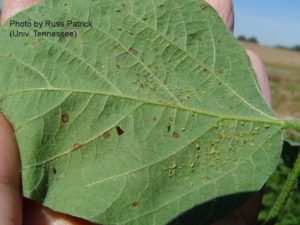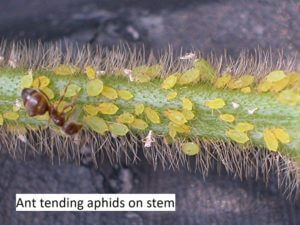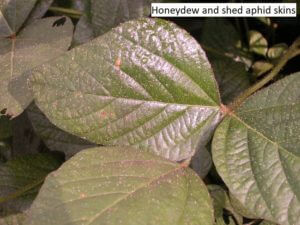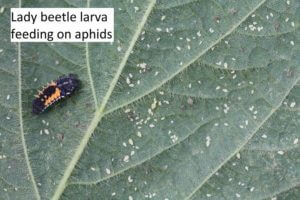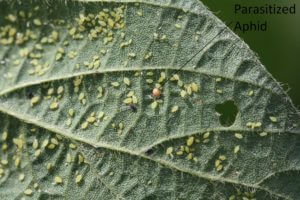Management options
| Insecticide (Trade Names) for SOYBEAN APHID | Lb Active Ingredient per Acre | Amount Formulation per Acre | Performance Rating |
|---|---|---|---|
| acephate 90 (Orthene 90S) | 0.75 - 0.99 | 0.83 - 1.10 lb | 8 |
| bifenthrin (Brigade 2E, Discipline 2E, Fanfare 2E) | 0.063 - 0.10 | 4 - 6.4 oz | 9 |
| γ-cyhalothrin (Declare 1.25) | 0.010 - 0.0125 | 1.0 - 1.28 oz | 9 |
| λ-cyhalothrin (Warrior II 2.08) | 0.025 - 0.030 | 1.6 - 1.9 oz | 9 |
| Z-cypermethrin (Mustang Maxx 0.8E) | 0.0175 - 0.025 | 2.8 - 4 oz | 9 |
